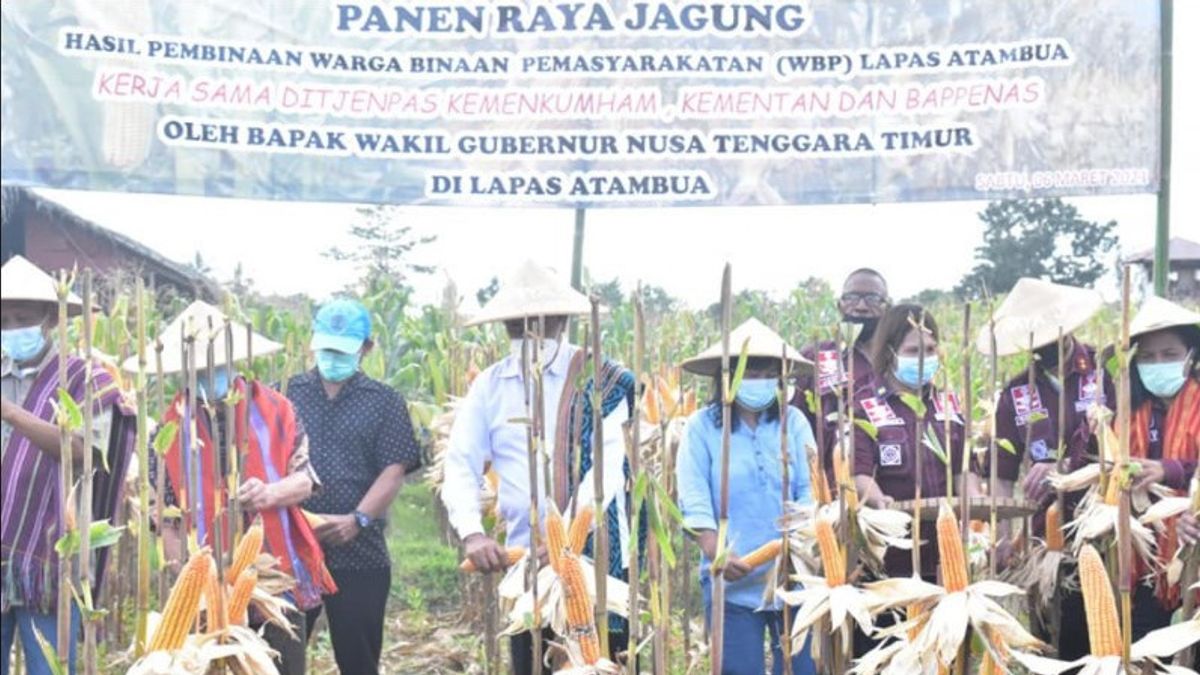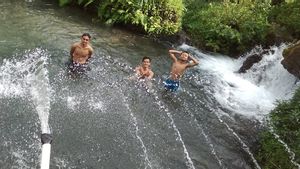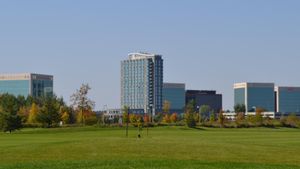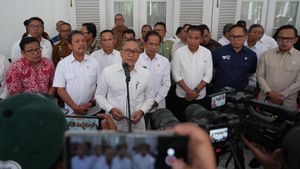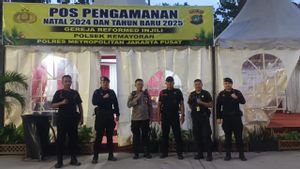JAKARTA - It has been a long time since East Nusa Tenggara Province (NTT) became the government's mainstay in producing corn. The production of corn products every year continues to increase. For these conditions, it is natural if NTT's typical food mostly comes from corn raw materials.
Corn and NTT's folklore
The high production of corn in NTT encourages the province to continue to develop corn production. In fact, the Governor of East Nusa Tenggara 2018-2023 period, Viktor Bungtilu Laiskodat launched a program called Planting Corn Harvesting Cows (Tanam Jagung Panen Sapi).
Quoted from nttprov.go.id website, Viktor Bungtilu said that NTT has a strong history with corn. Historically, corn has become a staple food of NTT people in parts of Timor Island.
Most NTT people still make corn as their staple food. In the book Ladang Jagung di Lahan Kering: Perdaban Agraris di Nusa Tenggara Timur (CornFields in Dry Land: Agrarian Agriculture in East Nusa Tenggara) by Vera Budi Lestari Sihotang and Kasijanto, it is said that NTT people knew corn during the Oenam Kingdom (Liurai Sonbai).
It is known by the folklore circulating in the community. It is said that Sonbai --who according to the story is from South Belu -- set out to create a large garden in Tabun Panmuti.
To make the garden, he was forced to chop his younger sister named Bi Lafu Sonbai. Once the land was available, her sister's flesh and bones were scattered to the ground.
From there grow some produce, one of which is corn. From the garden, Sonbai then distributed corn seedlings to the community and since then NTT was able to produce large quantities of corn.
The climate in NTT and its influence on agricultural land
East Nusa Tenggara Province is located between 8°–12° S and 118°–125° E, with a land area of 47.931.54 square kilometers, spread over 1.192 islands. 43 islands are inhabited and 1.149 islands are uninhabited.
Part of NTT area in the form of mountains and limestone hills. NTT has a lowland. But the number is very small. Although dominated by hills, NTT has an area of 215.796.10 hectares of rice fields in 2017. Among that, 56.88 percent are irrigated rice fields.
NTT's dry climate has the potential of agricultural land instead of rice fields are promising enough, which is about three million hectares. Most of the land is used to grow crops, including corn.
Corn is a pretty important foodstuff. Most of the corn production is centered in Timor Island, precisely in South Central Timor Regency, North Central Timor Regency, Belu Regency, and Kupang Regency.
NTT province is also known as a semiarid region with low rainfall that ranges from 3-4 months. The region also often occurs changes or weather anomalies.
Corn becomes a typical food raw material of NTT
As explained above, the NTT condition makes the province succeed with the product in the form of corn. In fact, corn has been a staple food of NTT residents since then.
When the rainy season comes, almost all families who own the fields will grow as much corn as possible for their food supplies. In addition to durable, corn is also able to produce satiety longer than rice.
Corn is also a mainstay raw material for long-term food facing a long summer or drought. The abundance of corn in NTT makes the province has some typical culinary NTT made from corn and other tubers. Then, what are the typical foods of NTT made from Corn?
Corn katemak
It is a typical Timorese food. When visiting Timor in Soe, South Central Timor Regency, NTT, we will be treated to katemak. These foods are consumed to meet nutritional needs, prevent hunger and disease.
Corn katemak consists of five main ingredients, namely corn, pumpkin, rice beans, peas, and pumpkin leaves. People will usually add other vegetables, chilies, salt, even meat.
Looking at its composition, corn katemak is called to contain carbohydrates that are important to the body. In addition, katemak also contains protein, vitamins, minerals, and fiber.
Bose Corn
It is also made from corn. Besides delicious, the raw materials are very easy to get in NTT. This dish consists of corn, legumes such as peanuts or kidney beans, and coconut milk.
To cook this rice substitute food is quite easy, namely by softening the corn by pounding it. It is done to remove the skin and clean the dirt.
After finishing pounding, the corn is sifted so that the skin is separated from the corn kernels. After that, the mashed corn is boiled. To add flavor, people usually add salt or anchovies. Once finished, bose corn is eaten with papaya flowers and sambal. Traditionally, bose corn is consumed for lunch and dinner, while in the morning they will consume yams.
Unfortunately, bose corn itself is not widely sold in Kupang City. This dish is widely served during traditional parties or folk parties. But because it is a staple menu, bose corn is still often cooked by locals.
*In addition to NTT's special foods and corn farming in NTT, get information and other national and international news through VOI.
Others on BERNAS
SEE ALSO:
The English, Chinese, Japanese, Arabic, and French versions are automatically generated by the AI. So there may still be inaccuracies in translating, please always see Indonesian as our main language. (system supported by DigitalSiber.id)
